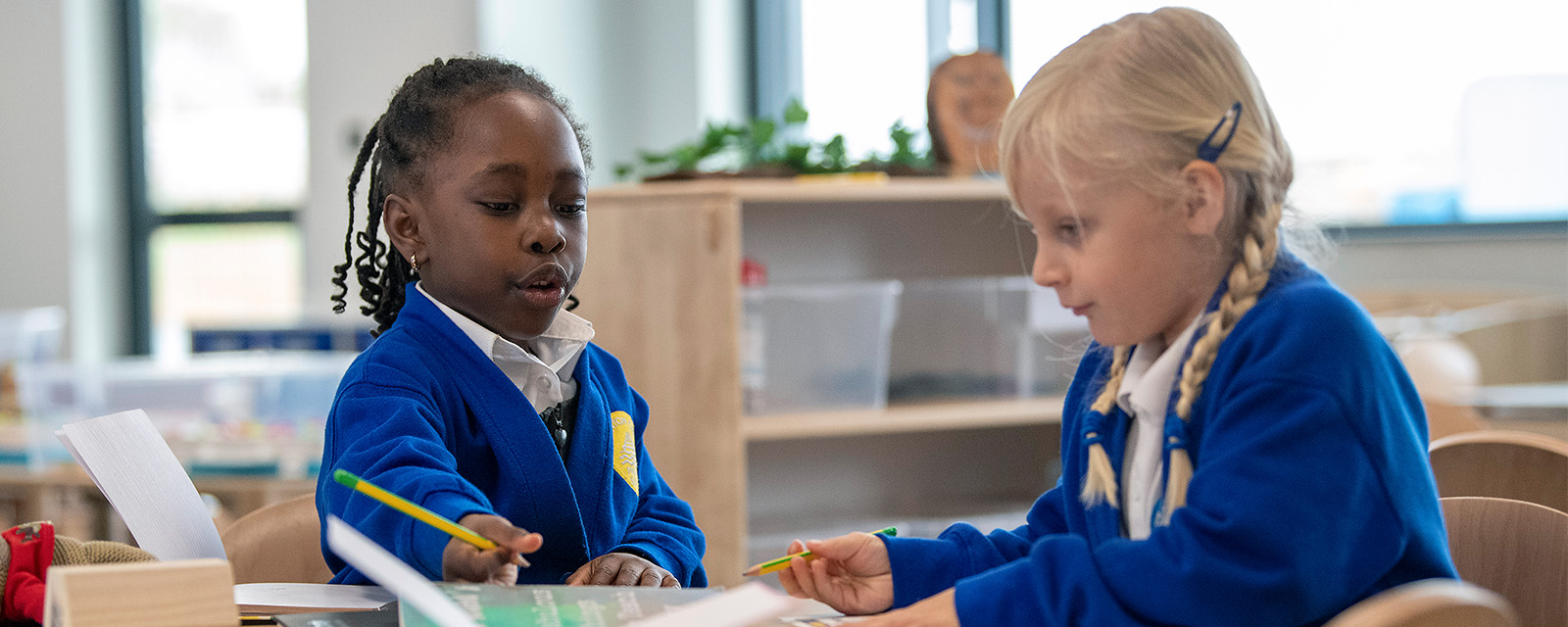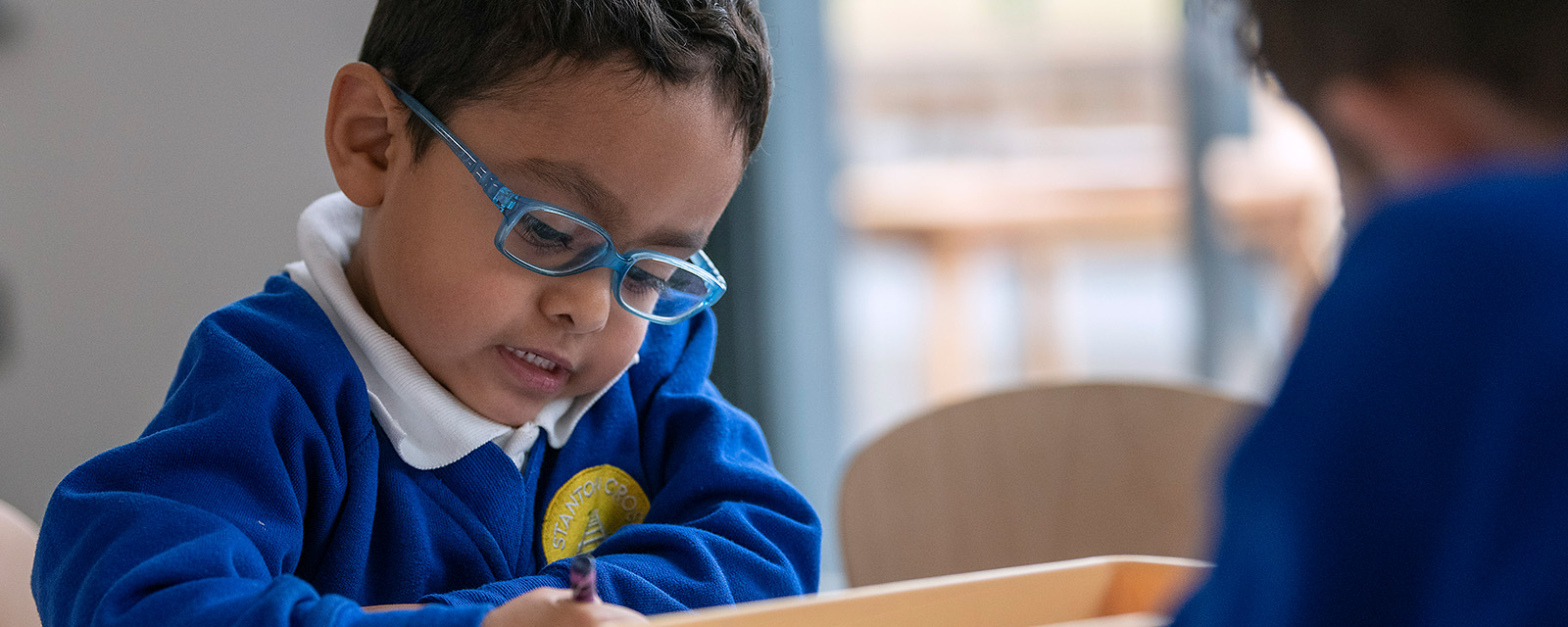Our Behaviour Expectations
A clear school behaviour policy, consistently and fairly applied, underpins effective education. School staff, pupils and parents should all be clear on the high standards expected of pupils at all times.
DfE Behaviour and Discipline in Schools 2016
Stanton Cross behaviour policy is designed to ensure high expectations of all children and lead to not only a safe and happy learning environment, but also to support children to develop behaviour skills, which will support them throughout life.
Children
Children within our settings are expected to follow the schools behaviour policy. Where needed, children are supported to meet these expectations through PHSE lessons, Family Support work and Behaviour Support.
Parents
Dialogue between teachers and parents helps ensure parents are kept informed of behaviour choices. Close working relationships between school and parents promote consistency and clarity for children. As part of this relationship, parents are encouraged to share concerns about their child and keep school informed of any changes at home.
School
Adults within school will be fair and consistent in their approach to managing behaviour. Adults are expected to adhere to the school Behaviour Policy.
Bullying is defined by the DfE as, “behaviour that is repeated, intended to hurt both physically or emotionally and is often aimed at certain groups, for example because of race, religion, gender and sexual orientation.”
At Stanton Cross we understand the impact persistent emotional and physical hurt can have on pupils and all staff are committed to ensuring our schools are happy and safe places for children.
Children, parents and staff are encouraged to speak out if they have concerns, both about themselves or others. As a whole school community we look out for signs such as a child becoming withdrawn or lonely, being unkindly targeted, self harming or having had recent changes in behaviour.
Children are taught how to support themselves and others if they are worried about bullying, including online, through Anti Bullying Days which include workshops for parents, PHSE lessons and Safeguarding Days.
The DfE have published the followinfg guide when it comes to pupil behaviour. A guide for parents on school behaviour and exclusions.
Zones of Regulation
What are the Zones of Regulation?



